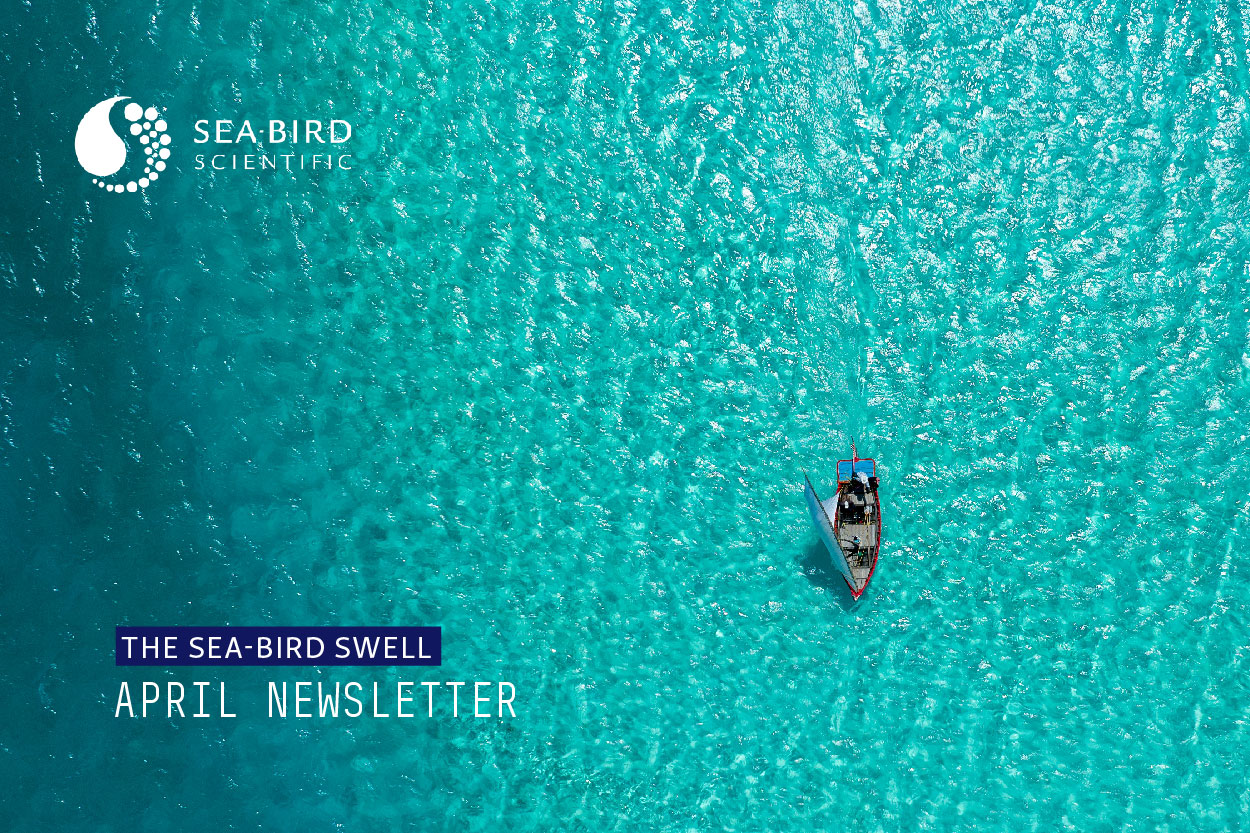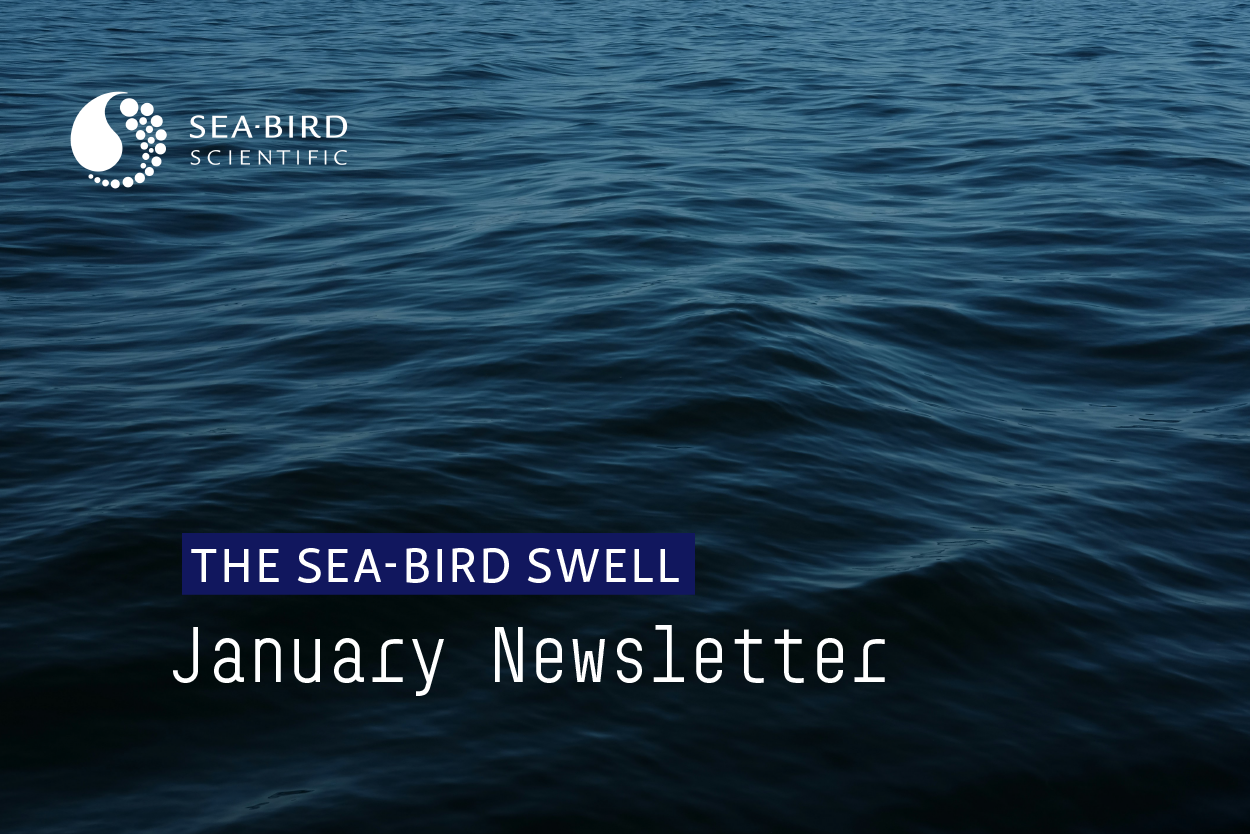Q&A: Moored Data Excursions
February 2020 Newsletter

The data above came from a HydroCAT-EP multiparameter probe moored in an estuary near Savannah, Georgia. The highlighted section shows a sudden change in the temperature and salinity data that lasted for approximately 4 days, and continued with smaller effects for days after. What could have caused this turn, and what do you think happened to the other parameters measured by the instrument?
Find Out Here

These data were collected in 2016 as Hurricane Matthew swept across Georgia’s coast. On March 7, 2016, heavy weather struck the monitoring site where a HydroCAT-EP was installed. Because this sensor simultaneously measures several parameters (temperature, conductivity, pressure, dissolved oxygen, pH, chlorophyll fluorescence, and turbidity), the instrument captured the unique signals of the hurricane. The most notable features include a sudden drop in salinity that barely rose with tidal inflow, and increased turbidity for several days after the hurricane.
Related Posts
Featured Posts
UG2 Workshop 2024
We hope to see you at UG2 '24 We are excited to sponsor the upcoming 2024 Glider Workshop in Ann Arbor, Michigan, from September 10 - 12, 2024. Overview This workshop will bring together the global underwater glider community to strengthen international collaboration...
Oceanology International 2024
We hope to see you at #Oi24 We are excited to return to Oceanology International 2024 again in London, UK from March 12-14. Overview Oceanology International brings together 500+ exhibitors in the only event that links the three key players in the industry:...
Ocean Sciences Meeting 2024
We hope to see you at #OSM24 We are excited to return to Ocean Sciences Meeting 2024 in New Orleans, Louisiana from February 18-23 at booth number #527. Overview The Ocean Sciences Meeting 2024 is co-sponsored by the American Geophysical Union, the Association for the...
Science and Technology
Platform


